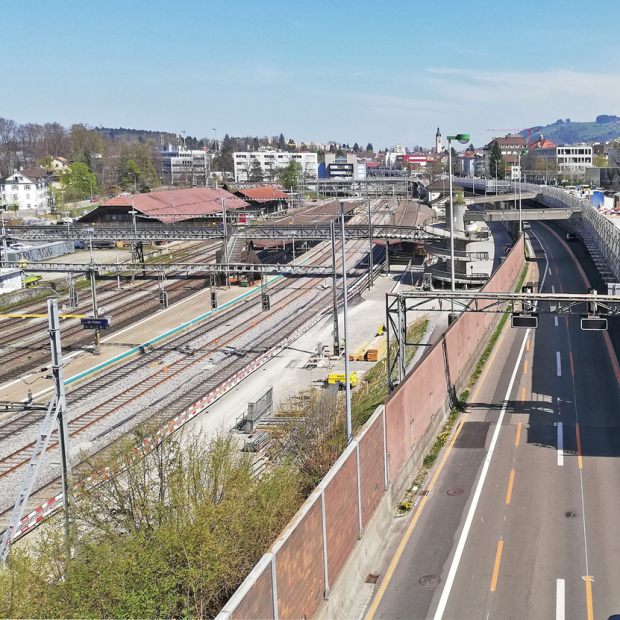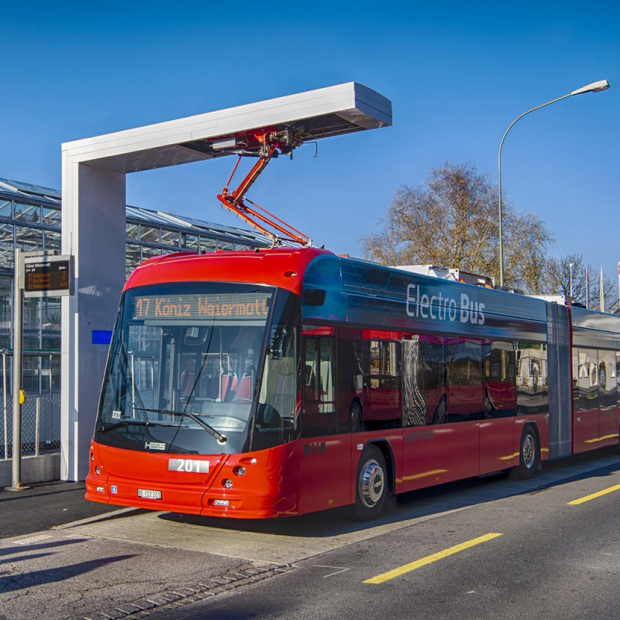

City of Zürich: Virtual access points to public transportation
The availability of on-demand mobility services has the potential to make public transportation significantly more convenient. To assess the suitability of pick-up and drop-off locations for Zurich’s “Pikmi” (Pick-Me-Up) pilot project, EBP began by creating a map of virtual access points.
The Zurich Transportation Company (VBZ) launched its Pikmi pilot project in the fall of 2020. The aim of the project is to test the general viability of on-demand, vehicle-based mobility services in two districts in the city of Zurich (Albisrieden and Altstetten). According to the project’s concept, customers use a smartphone app to request rides. These requests are automatically pooled by the system with other requests so that passengers with nearby pick-up and drop-off locations can be assigned to the same vehicle. The system continuously calculates the best routing so as to accommodate as many riders as possible with as few vehicles as possible. Given the lack of pre-established service routes and pre-established arrival and departure times, the new on-demand service promises greater passenger convenience. Information that can be used to better calibrate an expansion of the city’s public transportation services is to be gathered throughout the 18-month project.
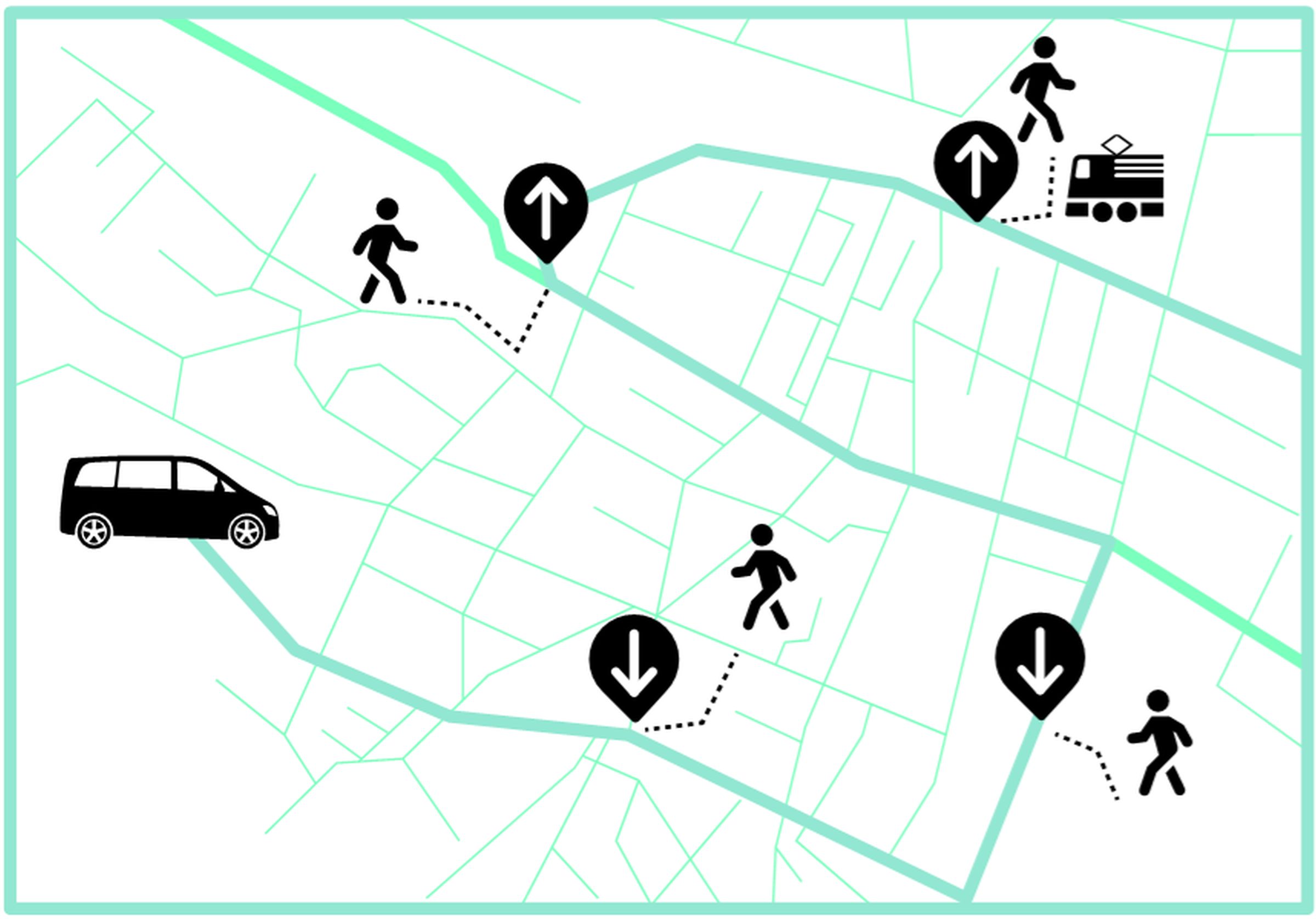
Identifying pick-up and drop-off locations
We at EBP used geographic information systems (GISs) and established criteria to create a map of virtual transportation access points or “stops” so as to enable passengers to identify pick-up and drop-off locations. The virtual stops include existing access points to public-transportation as well as hundreds of street locations where it would be easy for VBZ-operated vehicles to pick up or drop off passengers.
We then went on to examine the locations at street level to arrive at a smaller set of optimal pick-up and drop-off locations. The criteria for identifying the 300 or so verified locations included traffic regulations (e.g. avoiding no-standing zones), vehicle navigability, and the need of waiting passengers for convenience and a sense of security.
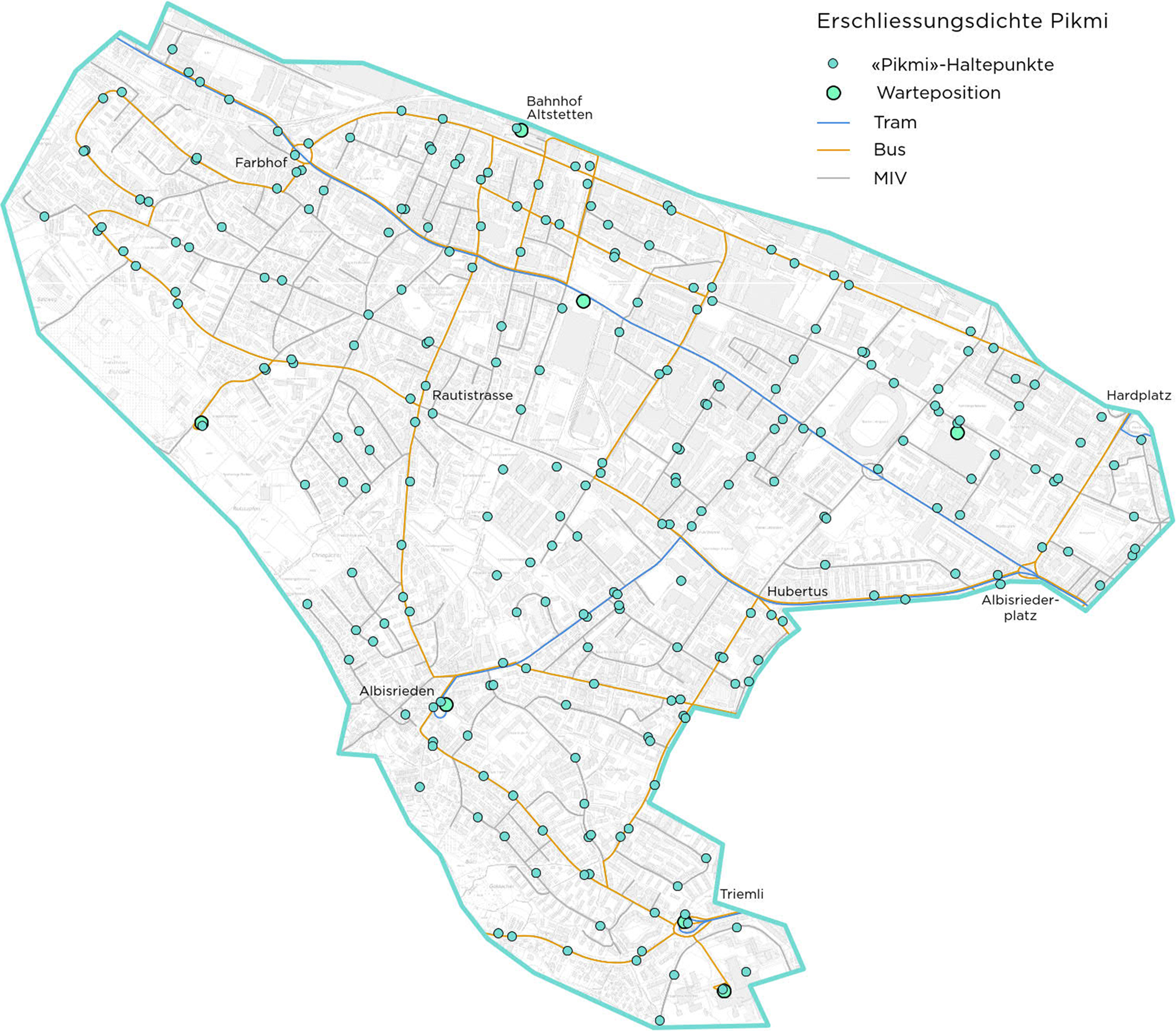
Researchers at ETH Zurich will also be accompanying the pilot project and conducting user surveys to gather important data (e.g. the degree to which the new type of service resonates with consumers). The pilot project will also enable the VBZ to expand its range of services and gain more experience with digital platforms in the mobility sector.
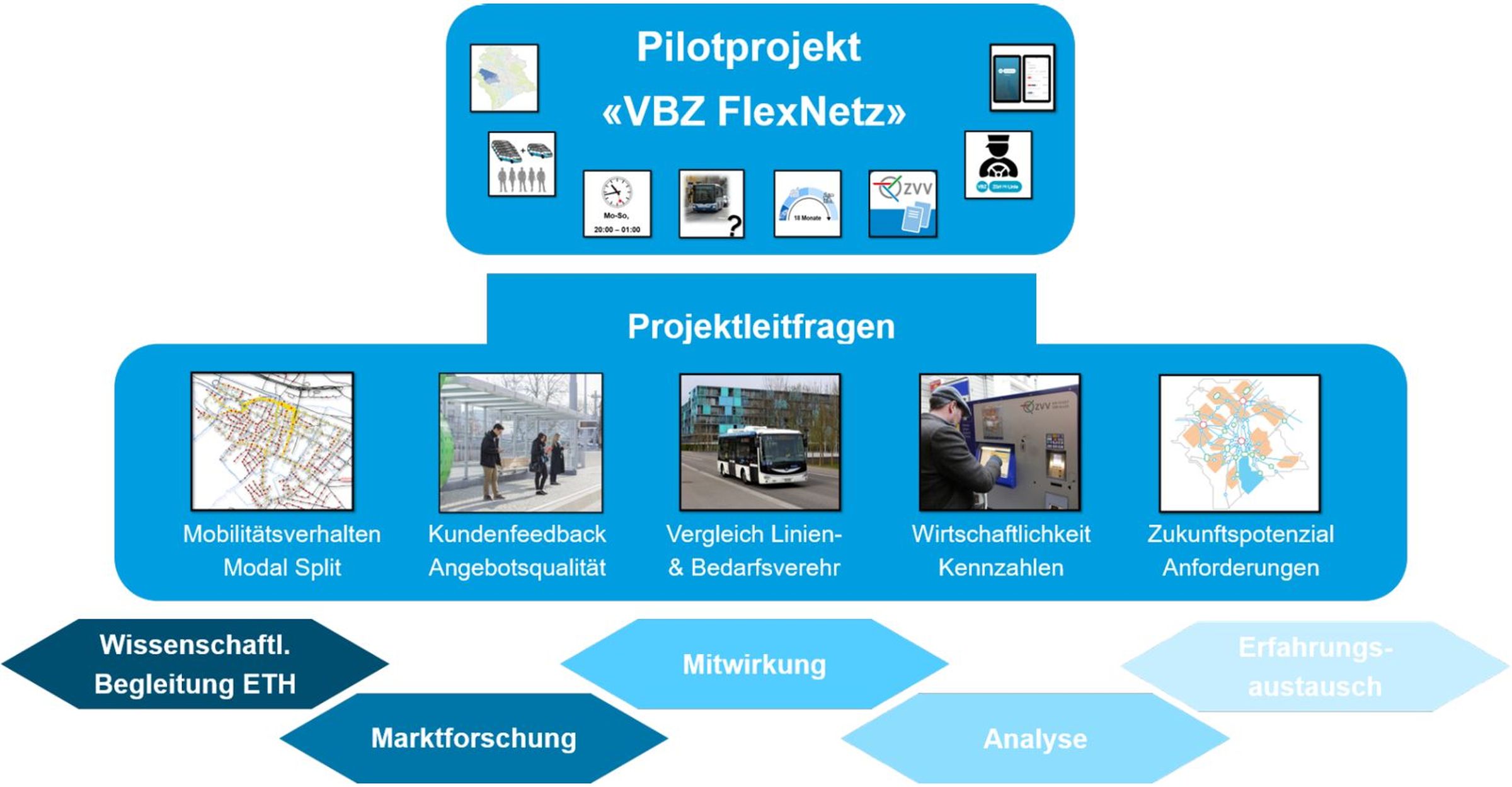
Picture Credits Main Image: Verkehrsbetriebe Zürich







